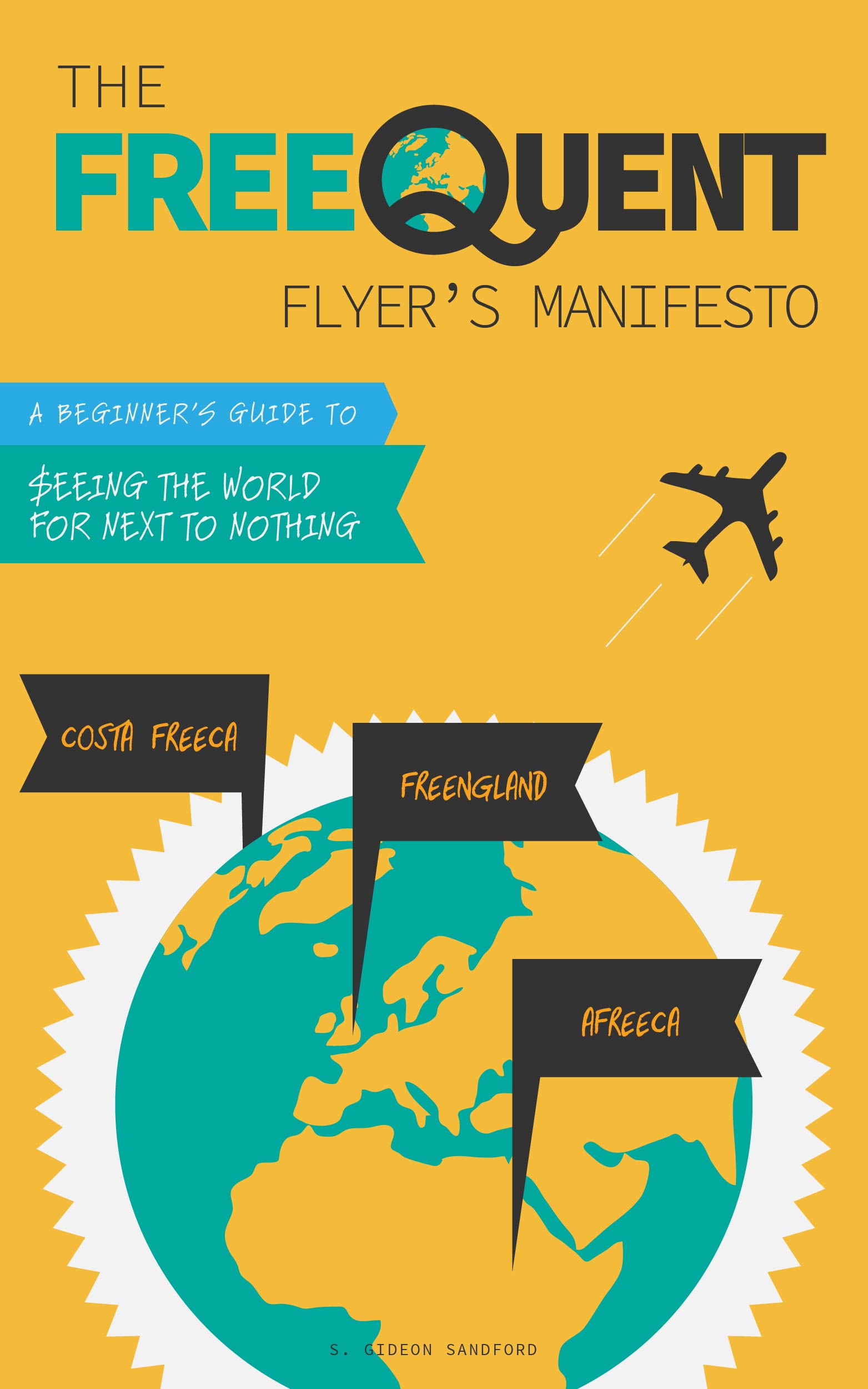Earning flexible points at gas stations
/Via Doctor of Credit, the Citi ThankYou Premier card is apparently lowering its annual fee and significantly changing its bonus earning categories by including gas stations in its bonused "travel" category, while increasing its earning rate to 3 ThankYou points per dollar spent there.
This is potentially a huge deal: beginning April 19, 2015, Citi, American Express, and Chase will all offer flexible-point-earning credit cards with sub-$100 annual fees, and all three will bonus purchases at gas stations.
Since the ThankYou Premier card is currently issued as a Visa, my expectation is that in-store purchases at 7-Eleven store locations, whether or not they sell gas, will earn points at the accelerated rate.
The Cards
Here are the cards I have in mind:
- Chase Ink Plus Visa. 2 flexible Ultimate Rewards points per dollar spent at gas stations. $95 annual fee;
- American Express Amex Everyday Preferred. 2 flexible Membership Rewards points per dollar spent at gas stations, with a 50% bonus during statement cycles you make 30 or more purchases (anywhere) with the card. $95 annual fee;
- Citi ThankYou Premier. 3 flexible ThankYou points per dollar spent at gas stations. $95 annual fee starting April 19, 2015. Wait until then to apply in order to maximize your earning during your first cardmember year.
Analysis
Let me be clear that it makes no sense to carry all three of these cards on an ongoing basis. On the other hand, both the Chase Ink Plus and Citi ThankYou Premier periodically (for example, right now) offer 50,000 point signup bonuses which may entice you to apply. Once you've crossed the hurdle of signing up for the card, you may well decide to incorporate it into your manufactured spending strategy.
Only Chase Ultimate Rewards points are directly redeemable for cash, while all three points currencies can be redeemed for paid, mileage-earning airline tickets. Additionally, Citi ThankYou points can be redeemed for mortgage or student loan "rebate checks" made out to your loan holder. Membership Rewards points can be monetized by redeeming them for American Express gift cards, although you'll have to pay any costs involved in liquidating them.
Since monetizing these points will yield a maximum value of 1 cent per point, you'll probably be best-served earning these flexible currencies with the intention of redeeming them for flights through their airline transfer partners.
With that in mind, I created this chart to incorporate the relevant information about the three cards:
Conclusion
A glance at this chart suggests a few obvious conclusions:
- All three flexible points currencies have transfer partners in all three airline alliances;
- Only Ultimate Rewards can be transferred to United or Korean Air;
- But only ThankYou and Membership Rewards points can be transferred to Air France KLM Flying Blue points.
Which cards, if any, you decide to apply for and use to manufacture spend at gas stations should depend on the redemptions you plan actually plan to make. But Citi's changes to the ThankYou Premier card are a big step towards leveling the playing field between these three cards.


